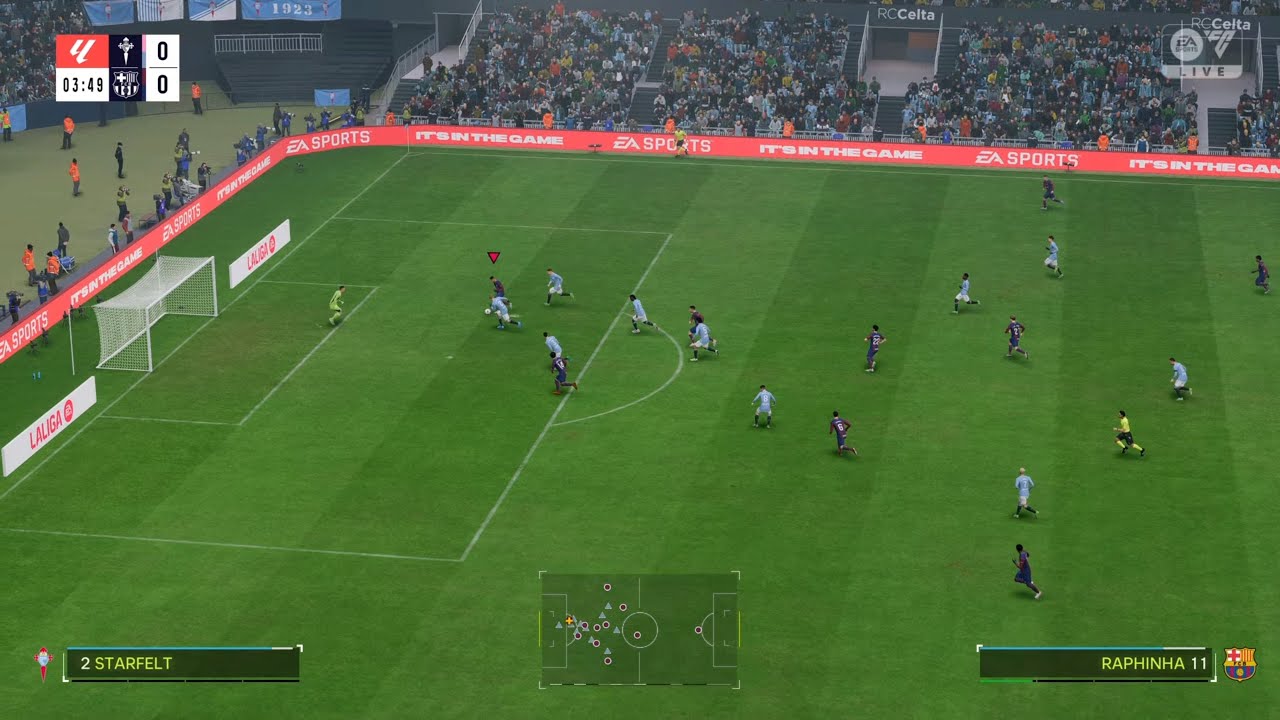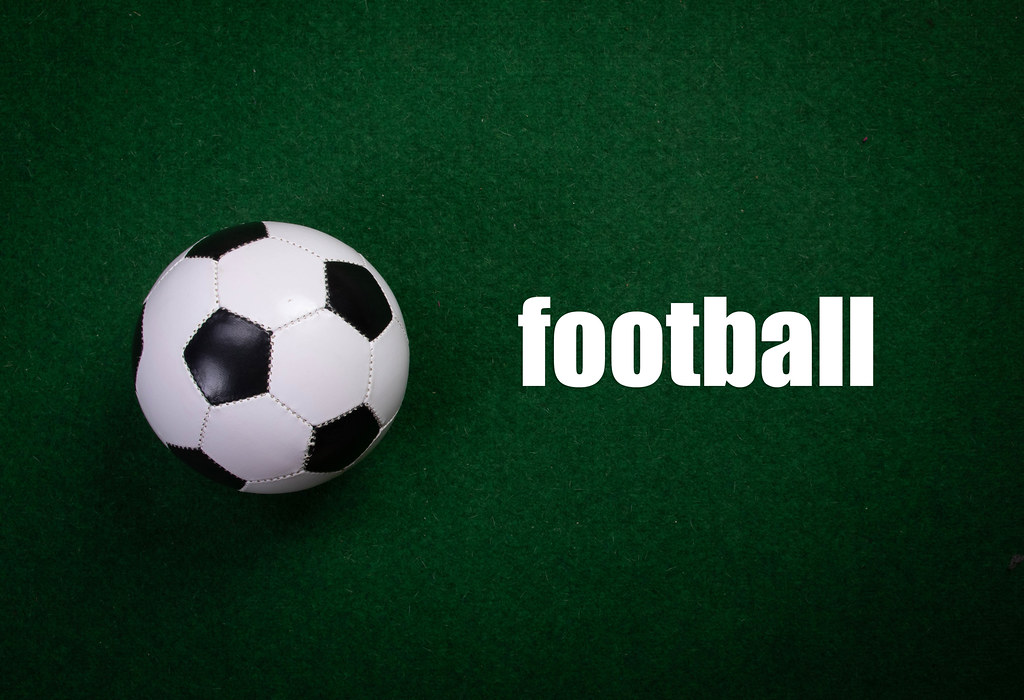What is a Foul in Soccer? Unmasking the Gameplay Guidelines

A foul in soccer is an unfair physical offense committed against an opponent, usually with the foot, leg, or hand. It interferes with the active play of the game and is deemed illegal by the referee.
Foul offenses include kicking, tripping, jumping at, charging, and pushing an opponent. Tackling an opponent from behind or making contact with the opponent before the ball is also considered a foul. Handball and offside, however, are not considered fouls. These rules are important in maintaining fair play and ensuring player safety during soccer matches.
Understanding Foul In Soccer
This blog post aims to help you understand what a foul in soccer is and its impact on gameplay. A foul is an unfair physical offense committed against an opponent, usually with the foot, leg, or hand. Common fouls in soccer include kicking an opponent, tripping, jumping into an opponent, charging into an opponent, pushing, tackling from behind, and holding. These physical offenses are considered fouls because they interfere with the active play of the game and contravene the game’s laws. The purpose of fouls in soccer is to ensure fair play and protect the safety of players. When a foul is committed, the opposing team is awarded a free kick or penalty kick, depending on the severity and location of the foul. Fouls can significantly impact gameplay as they can result in goals, penalties, or even player ejections. It is important for players and referees to have a clear understanding of the definition and consequences of fouls to maintain fairness in the game.

Credit: bnn.network
Types Of Fouls In Soccer
| Types of Fouls in Soccer |
|
In soccer, fouls refer to unfair physical offenses committed against an opponent. Common fouls include kicking or attempting to kick, tripping or attempting to trip, jumping at an opponent, charging into an opponent, and holding. On the other hand, uncommon fouls include offensive fouls, handball fouls, tactical fouls, and professional fouls.
Penalties And Consequences
A foul in soccer refers to an unfair physical offense committed against an opponent, such as kicking, tripping, or charging into them. These actions lead to penalties and consequences imposed by the referee during the game.
|
Understanding The Referee’s Decision
Understanding the referee’s decision in calling fouls in soccer is essential to comprehend the game. Referees have the discretion to determine whether a player’s action constitutes a foul. Factors such as the intensity of the contact, the intent, and the consequence of the action all influence the referee’s decision.
Some fouls in soccer are quite controversial, leading to heated debates among players, coaches, and fans. Examples of controversial fouls include diving, also known as simulation, where a player deliberately pretends to be fouled to deceive the referee, and obstruction, where a player deliberately prevents an opponent from moving freely without playing the ball.
Conclusion
To summarize, a foul in soccer refers to an unfair physical offense committed against an opponent, usually with the foot, leg, hand, or arm. It can include actions such as kicking, tripping, charging, or attempting to kick an opponent. In addition to violent acts, any action that violates the Laws of the Game is considered a foul.
These offenses are punished by the referee and can result in penalties such as free kicks for the opposing team. Understanding fouls is essential for both players and fans of the beautiful game.


